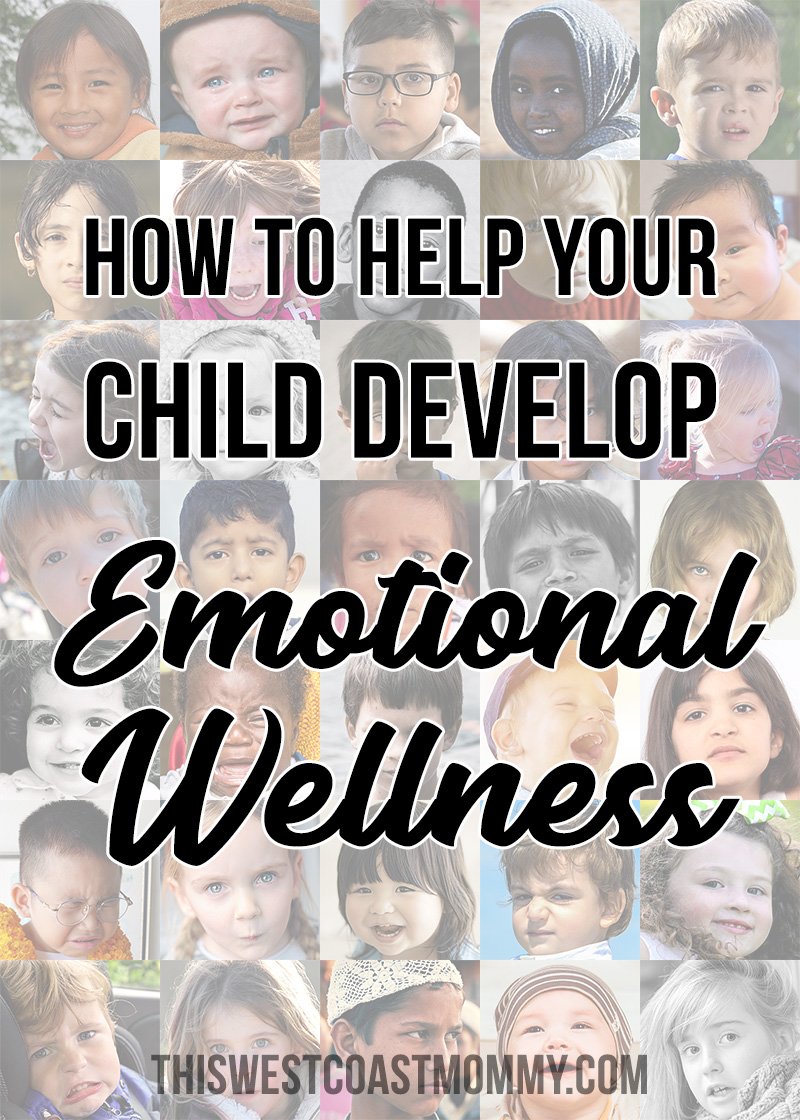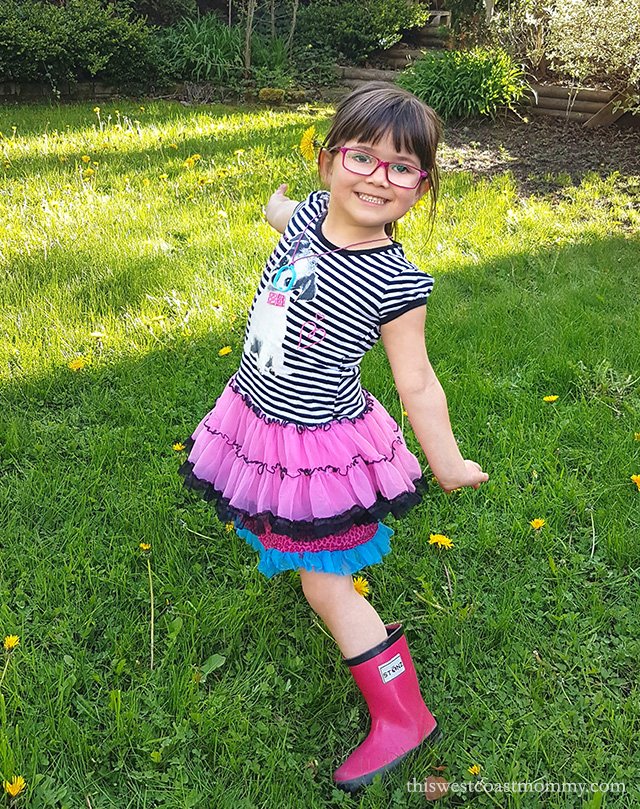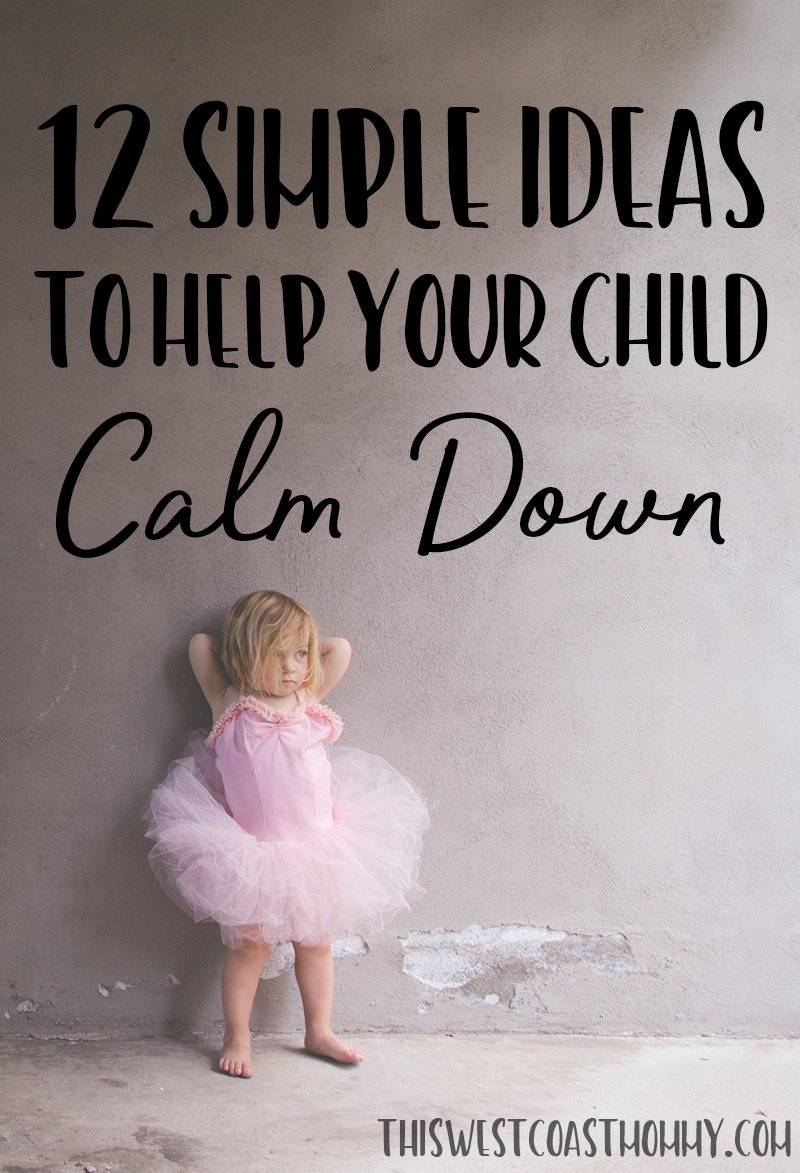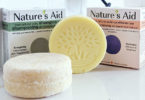
As parents, a big part of our job is to teach our kids how to be healthy. That’s a pretty tall order of course, covering everything from brushing their teeth and developing healthy eating habits, to sexual health and learning to be safe online. Emotion regulation is an often overlooked skill vital to emotional and mental health in childhood and beyond. Kids who can identify, understand, and manage their feelings are more likely to develop a healthy sense of self and empathy, cultivate positive relationships with others, and weather the ups and downs of life.
Today I want to share some simple exercises you can practice with your child to help them develop skills for emotional wellness. I often start with these building blocks when counselling children who are struggling with managing their emotions. Fortunately, you don’t need to be a therapist to teach your child these simple skills.
Identify Emotions
The most popular theory of emotions outlines 6 core human feelings: anger, disgust, fear, happiness, sadness, and surprise. Emotion regulation skills begin with learning to identify and name feelings.

Start by describing and naming emotions for your child in the moment – your child’s, your own, and the emotions of others around them.
- “You’re sad when Daddy works late because you miss him.”
- “I felt scared when you almost fell off the swing. You looked scared too!”
- “I can see how happy you are when you’re dancing!”

Watching Disney-Pixar’s Inside Out or reading books together like The Feelings Book are fun ways to start the conversation about emotions. Encourage older children to pay attention to their body and notice how they feel when they’re sad, happy, mad, afraid, etc.
- “When you’re mad, how does your tummy feel? How does your chest feel? Is it tight? Does your face feel hot? Do your eyes feel prickly like you need to cry?”
- “When you’re afraid or anxious, does your tummy do flip-flops? Is it hard to take deep breaths?”
- “When you’re happy, how does your head feel? How does your face feel?”
Physiological responses will differ somewhat from person to person. For example, one child may experience anxiety (fear of an imagined or anticipated danger) as shortness of breath and tingling hands. Another may report feeling nauseated and flushed. That’s okay. The idea is for your child to recognize their own personal sensations and emotions.
Encourage your child to practice recognizing and identifying their feelings even when those feelings are really intense. Paying attention to their internal state and naming the emotion will help them feel more in control and learn to manage even extreme emotions.
Measure Emotions
Once kids can identify their emotions, teach them how to use a scale from 1-5 or 1-10 to measure the intensity of that emotion. I use a 10-point scale with my kids, but younger children may do better with a 5-point scale. Some kids catch on to this right away, others may need you to draw a diagram to show them visually how a scale works.

Provide a concrete frame of reference tied to their real life experiences. “Let’s talk about measuring your anger on a scale from one to ten. One means not mad at all, five is in the middle, and ten is the maddest you can imagine being. Remember how mad you were when your sister broke your favourite toy? You were so mad. That seemed like an eight to me. What do you think?”
Once your child understands how to use the rating scale, ask them to rate the intensity of their emotion. “I can see that you’re sad. On a scale of 1-10, how sad are you?” From there, your child will learn to both name and measure their emotional state.
Being able to measure their emotions will help them learn to manage and regulate their emotions. While you’re teaching your child skills to help them calm down, ask your child to rate the intensity of their emotions before and after deep breathing or trying some other strategy. This will help them identify which strategies work best for them and how to regulate their own emotional states.
Multiple Emotions
Once your child is comfortable with naming and rating emotional states, introduce the idea that you can feel more than one emotion at one time. For example, as parents, we can be mad about bad behaviour yet full of love at the same time (um, like all the time). We can be sad and mad at the same time. We can be happy about winning a race and sad for a friend who didn’t win at the same time. This is a more sophisticated ability that develops over time as kids’ cognitive capacity grows. Age 5 or 6 is a good time to start this exercise, but you can definitely do these with older kids, preteens, and teens as well.
Encourage your child to think about and identify their feelings just like you did before, but now probe a little further.
Sample questions could include: How else do you feel? Do you have any other emotions? On a scale from 1-10, how mad are you? On a scale from 1-10, how sad are you?
With younger kids, I will often ask a scaling question for each emotion. With practice, your child will learn to identify and scale their emotions without individual prompts.
Teaching your child these basic skills will help them increase their emotional awareness and self-regulation. Kids who are able to identify and understand their feelings develop healthier coping skills and enjoy increased resilience to stress, emotional distress, and mental health issues.









What an excellent read and she looks so sweet in her dress!
I came across this on Google, and I am stoked that I did. Wish I could add to the conversation and bring a bit more to the table, but am just taking in as much info as I can at the moment. Thanks for sharing.
Our mental health requires you to prioritize your self-care. This can include a wide variety of different habits. Spend your time with your loved one, use fresh fruits, increase the use of water and sleep a full night then our mental health remains healthy.
Our mental health requires you to prioritize your self-care. This can include a wide variety of different habits. Spend your time with your loved one, use fresh fruits, increase the use of water and sleep a full night then our mental health remains healthy.